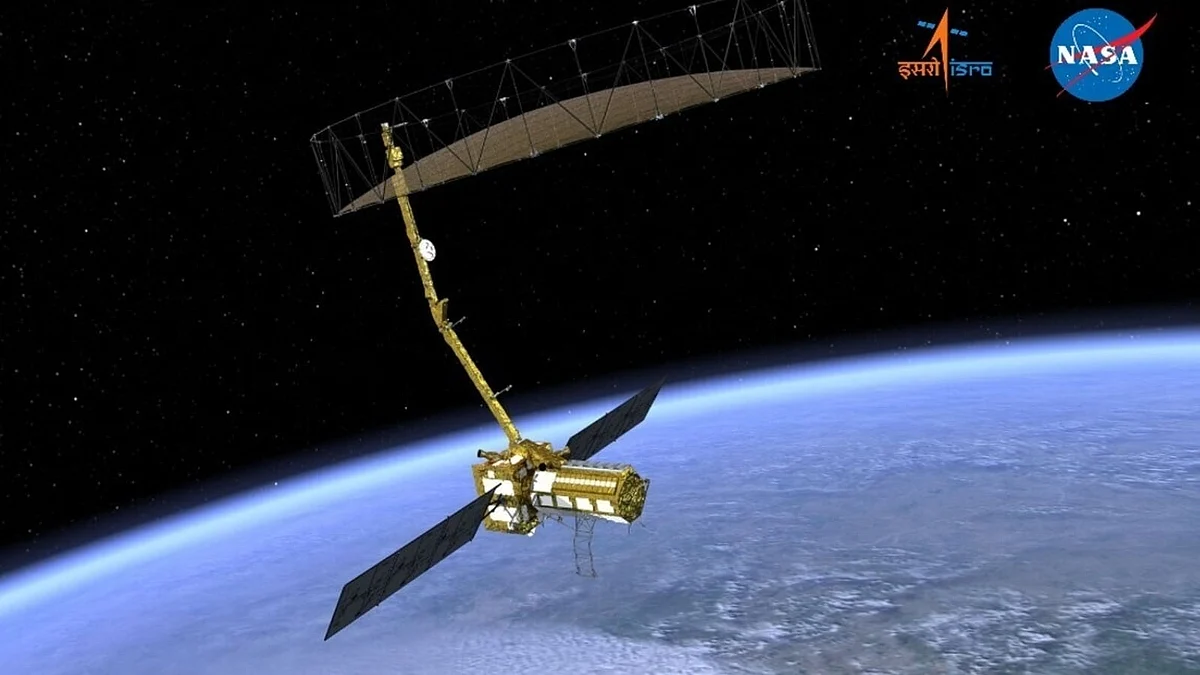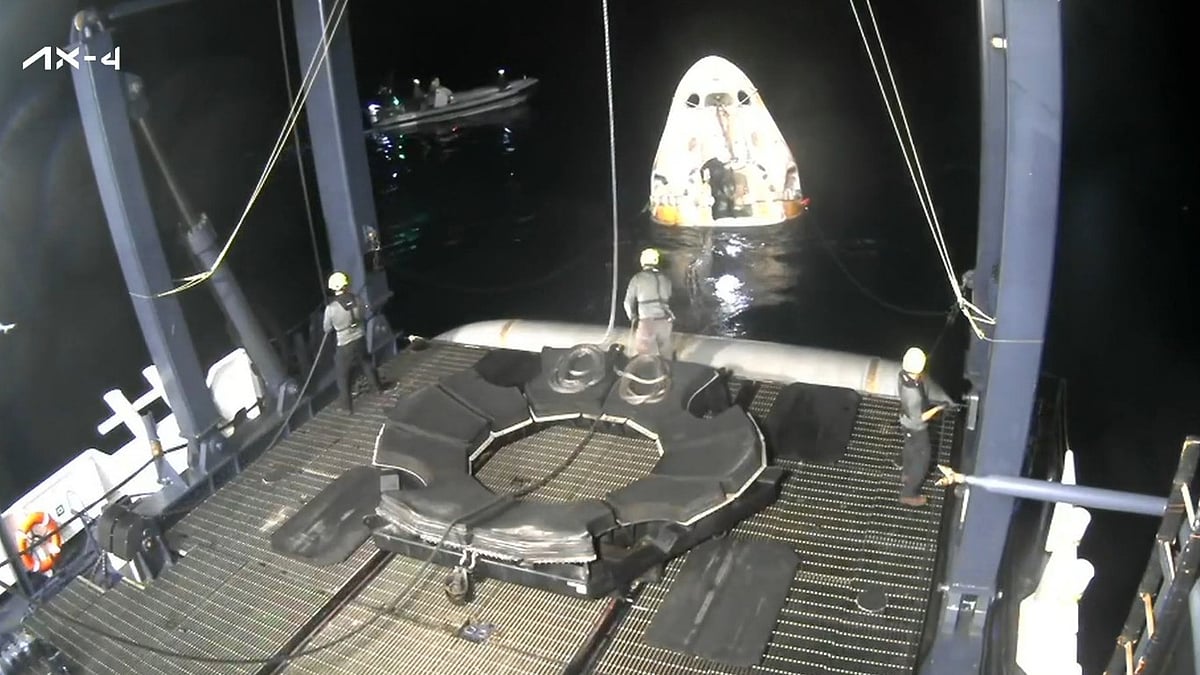Washington: The US space agency is planning to replace the International Space Station (ISS) with one or more commercial space stations by 2030. NASA's auditing body, the Office of Audits, has produced a report detailing the agency's commitment to replace the orbiting lab with commercial space stations.
Astronauts have lived and worked onboard the ISS orbiting roughly 250 miles above the Earth's surface for more than 20 years. "The ISS costs about $3 billion a year, roughly a third of NASA's annual human space flight budget, and while current plans call for the Station's retirement in 2024, an extension to 2030 is likely," the US space agency said in the audit report.
Anticipating its retirement, NASA has committed to replacing the ISS with one or more commercially owned and operated space destinations. "In the fiscal year (FY) that ended September 30, 2021, Congress authorised $17 million to that end -- a fraction of the $150 million the Agency said it needed. NASA's plans for long-term, deep space human exploration missions depend on continuous access to a research laboratory in low-Earth orbit," it added.
The Artemis mission, aimed at returning humans to the Moon and ultimately landing astronauts on Mars, is not feasible without continued human health research and technology demonstrations being conducted on the ISS and its eventual replacement. "As long as humans intend to travel in space, NASA expects research and testing will be needed in the microgravity environment of low-Earth orbit," the audio report mentioned.
While overall ISS operations and maintenance costs remained steady at about $1.1 billion a year from FY2016 through FY2020, systems maintenance and upgrade costs trended upward 35 per cent in the same 5-year period, rising to approximately $169 million in FY2020 due primarily to upgrades.
Meanwhile, NASA and Roscosmos are investigating the cause and long-term impacts of cracks and leaks that were recently discovered in the Station's Service Module Transfer Tunnel, which connects the Service Module to one of eight docking ports on the Station.
"Causes being explored include structural fatigue, internal damage, external damage, and material defects. Notably, based on the models NASA used to assess the structure, the cracks should not have occurred, suggesting the possibility of an earlier-than-projected obsolescence for at least one element of the Station," the US space agency noted.













